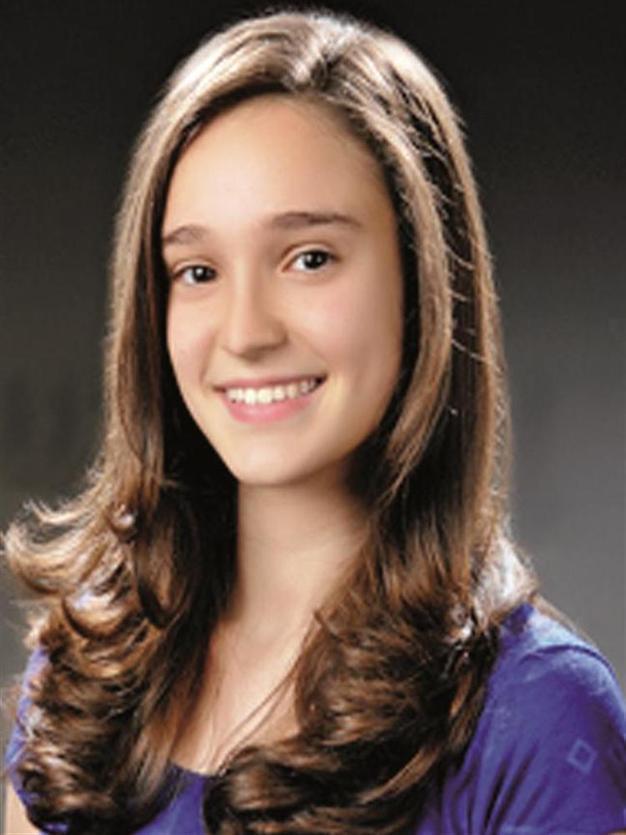Turkish teen turns bananas into plastic
WASHINGTON - Agence France-Presse
 There’s nothing slippery about Elif Bilgin’s idea of using banana peels as a substitute for old-school petroleum-based plastics.
There’s nothing slippery about Elif Bilgin’s idea of using banana peels as a substitute for old-school petroleum-based plastics.The 16-year-old student from Istanbul spent two years perfecting a way to make a bioplastic out of discarded banana peels that could, in turn, be used for the electrical insulation of cables. On June 27, her efforts paid off when Scientific American named her the winner of its $50,000 Science in Action prize. In her research, Bilgin, who says “science is my calling,” determined that if starch and cellulose from such food waste as mango skins can be used to make bioplastics, then banana peels ought to do the trick, too.
“For me, this means that my project actually has a potential to be a solution to the increasing pollution problem caused by petroleum-based plastic,” said Bilgin, who counts Nobel laureate Marie Curie among her heroes.
“It also means that I have started the process of changing the world, which makes me feel like a winner already,” she added in an interview on the Scientific American’s website, scientificamerican.com. In her research, she learned that starch and cellulose are used elsewhere in the bioplastic industry and made the leap that banana peels might be suitable feedstock sources as well. She hopes that the use of the bioplastic could replace some of the petroleum-based plastics in use today for such applications as insulation for electric cables and for cosmetic prostheses.
Bilgin is also a finalist in the overall Google Science Fair for the 15-16-year-old category.
















